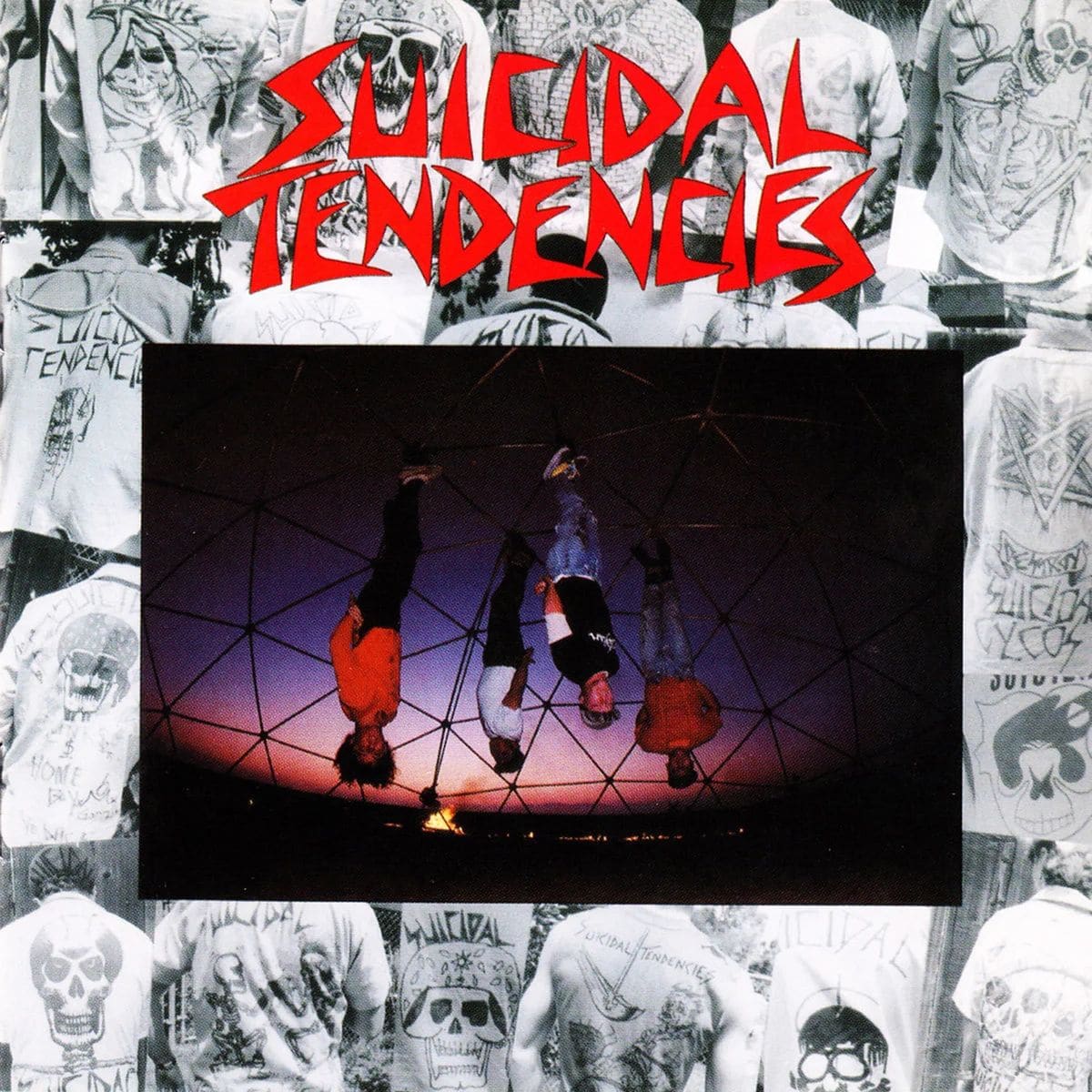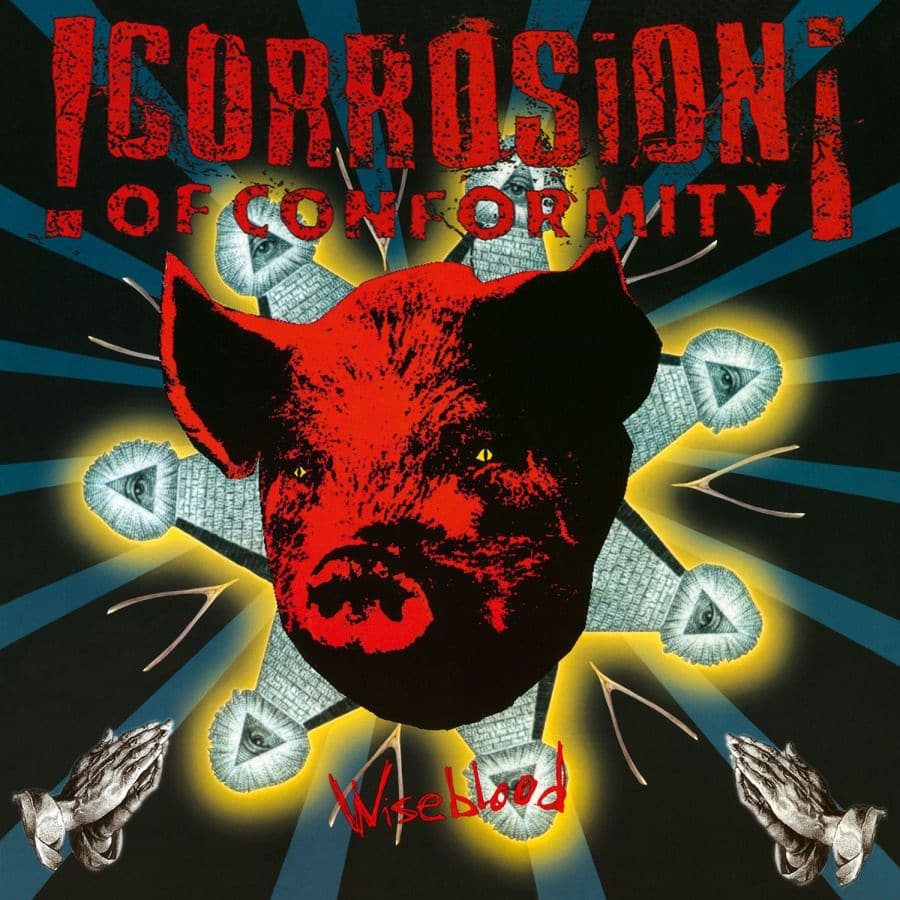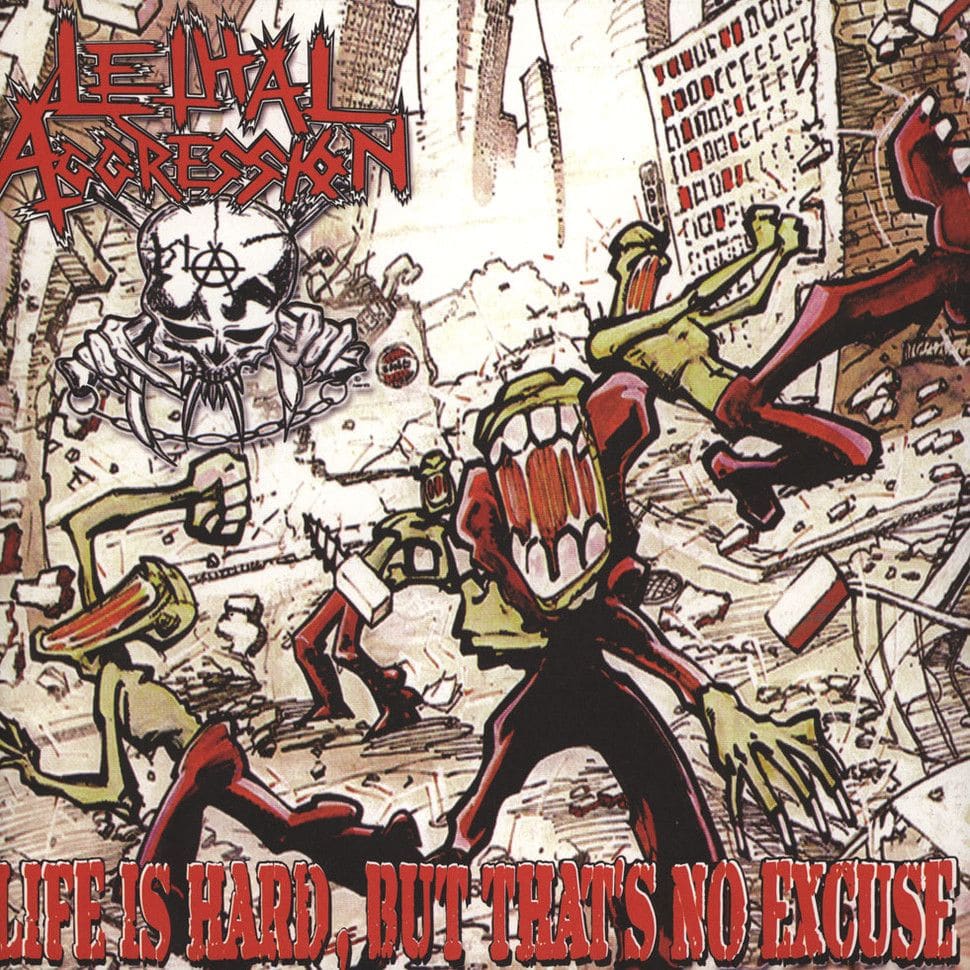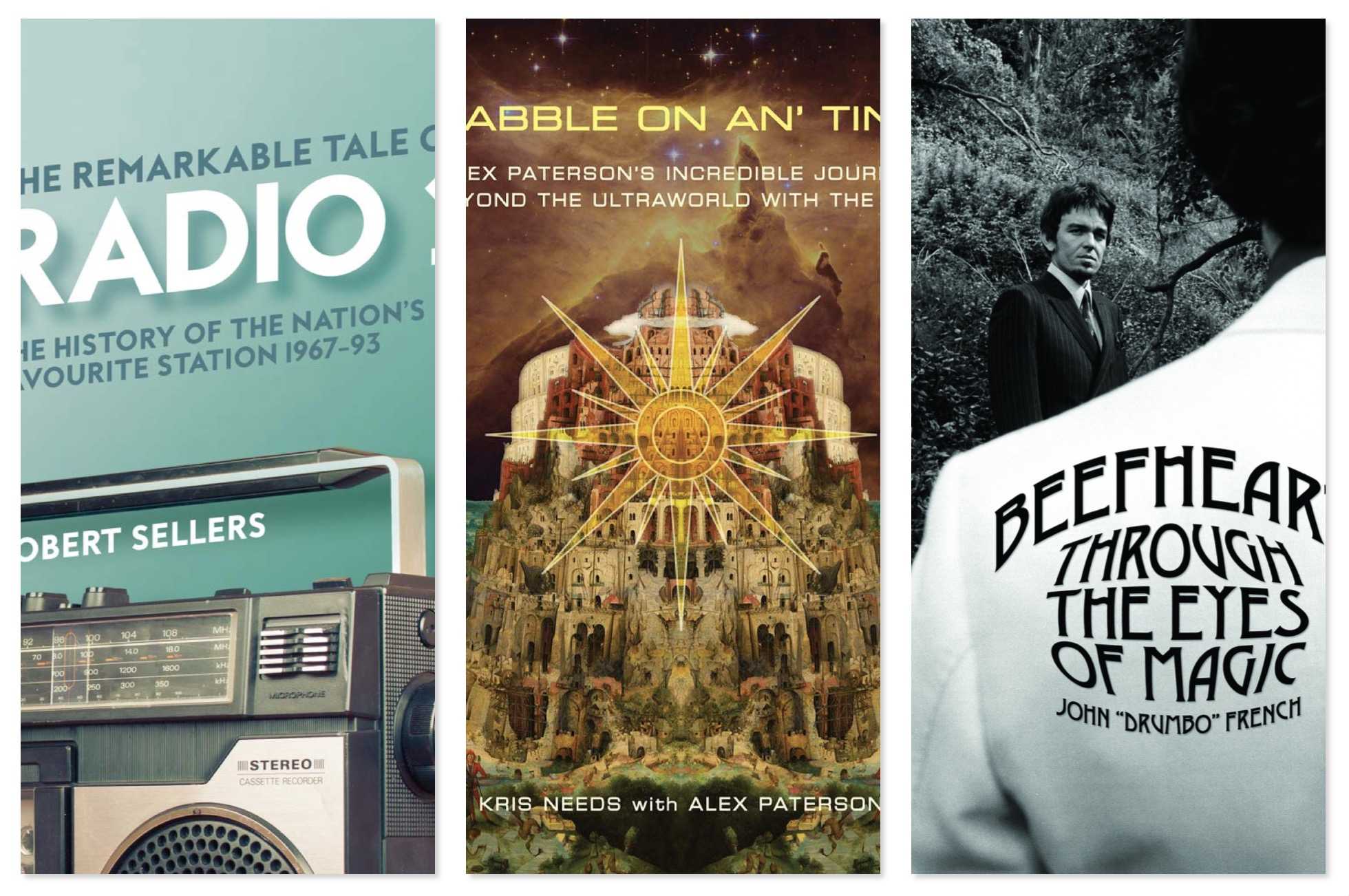The Article
CROSSOVER THE EDGE: TIME FOR HARDCORE
13th August 2021
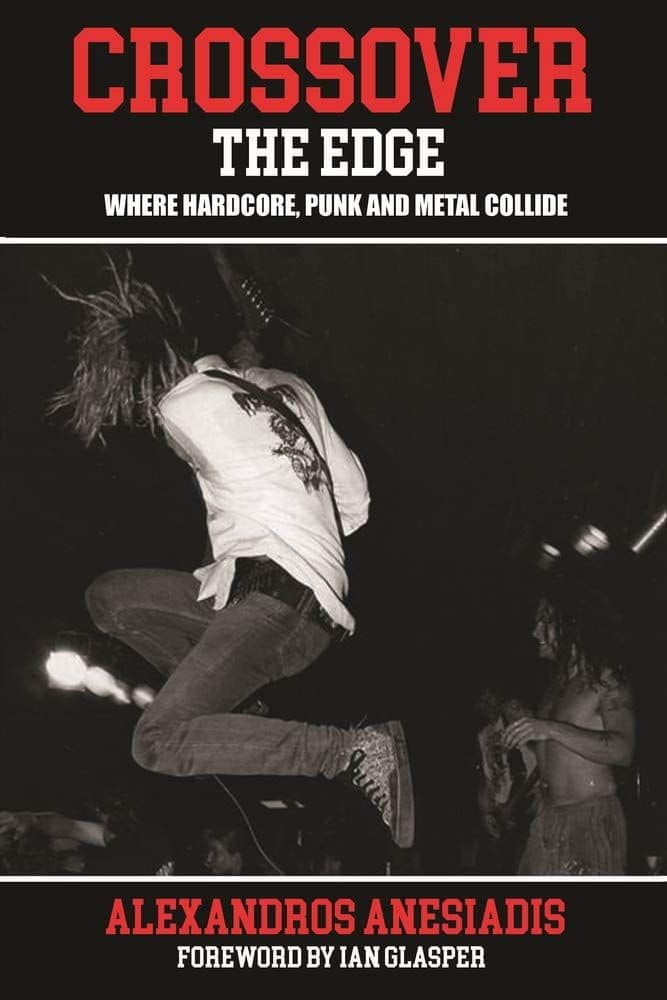
Where Hardcore, Punk and Metal Collide
Author: Alexandros Anesiadis
Publisher: Cherry Red Books
Price: £16.99
Since I initially reviewed this book elsewhere, it’s now pretty tough to find. Most of the usual haunts have tagged it ‘out of stock’. In its niche, it was a popular book but no reprint has occurred, as far as I’m aware, at any rate. So what’s the point of reviewing a book you can’t buy? Firstly, to tell you, if you’re interested in the subject, that it’s out there. Somewhere. Secondly, to acknowledge the hard work of the author and thirdly as a prompt to the publisher to consider a reprint (and I have approached them personally to do that very thing). It’s only a couple of years old, for goodness sake (in fact, not even that as I write this). We’re not talking about a book from the 70s here, after all. So, the reprint campaign starts here, then.
I’ve always been a big fan of the legendary and much missed BBC Radio 1 DJ, John Peel. I retain a wealth of old shows which I listen to on a regular basis. Much of my core music knowledge was derived from these shows. Partly because Peel introduced me to music I would never have normally sampled.
Peel was on air from the 60s to the Noughties which means that you can trace the changing face of popular and underground music as his show progressed. It’s fascinating to hear trends emerging, morphing and disappearing as the Peel programmes unwound.
One of those trends occurred during the 80s when, after the flowering of punk and the dip of post punk and minimal synth but around the same time of jangly guitar bands and when indie really was indie, there emerged a raucous, energetic, passionate and downright aggressive strain of music that somehow took over the punk torch while giving hard rock an injection of chaos. This was known by many names such as hardcore or speedcore or, as this book has it, crossover.
In my case, I was listening to Peel play the likes of Corrosion of Conformity, Crumbsuckers and Suicidal Tendencies. They – along with early rap recordings – provided a sort of sonic balance to the sometimes restrained, cultured and crafted indie and electro sounds emanating from the industry ether, at the time. Crossover was all about energy and emotion. This music was hard and fast and also featured bands such as Raw Power, Rumble Militia, Lobotomia, Overkill L.A., Mentors, Void and Amebix.
The 552 pages of closely typed text in this book packs in a swathe of information that, after a brief introduction and background, takes the music scene by location. That means the eastern side of the USA, then middle America, the west of the same, Canada, the UK and the rest of the world. Without each location section, the groups from the area are listed and feature one at a time. Hence, the structure of the book is formal yet easy to use and follow.
So let’s take on example, Lethal Aggression. Band interviews reveal the member’s background, how the group began and its first musical ventures, recordings, musical philosophies, career map, anecdotes from the same plus an At a Glance section of recommended recordings. Rare band images, posters and flyers are included too.
What I like about the book is that the author also brings in bands that might not be strictly seen as crossover but fans of the same might find appealing.
A final mopping up chapter is also of great value on a country by country basis. Groups who may have featured crossover-type tracks within their repertoire, bands who might have only ventured no further than a demo stage in terms of their stilted careers or others that possibly had an influence on the crossover genre as a whole.
In this tome, there is a determination to be thorough. The author really applies his passion to this book and never does things by halves. His dedication to the cause is both admirable and impressive. You even get a batch of lists right at the end of the book providing the Top 50 crossover records, top influential records and top demos. There’s even an Afterword in which Anesiadis attempts to tie the entire scene together and make sense of it.
This book is evidence of dedication. It’s a mighty piece of work. I take my hat off to Anesiadis for committing the time and the leg work in producing such a worthy book that will be seen as a serious reference work on the genre for many years to come.

